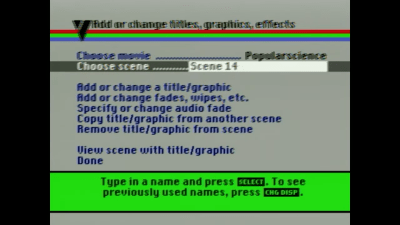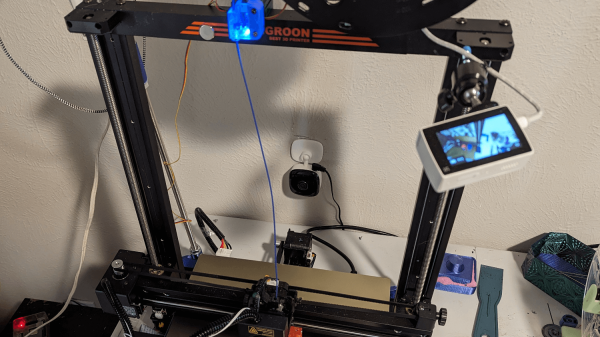Everyone has a standard for publishing projects, and they can get pretty controversial. We see a lot of people complain about hacks embedded in YouTube videos, social media threads, Discord servers, Facebook posts, IRC channels, different degrees of open-sourcing, licenses, searchability, and monetization. I personally have my own share of frustrations with a number of these factors.
It’s common to believe that hacking as a culture doesn’t thrive until a certain set of conditions is met, and everyone has their own set of conditions in mind. My own dealbreaker, as you might’ve seen, is open-sourcing of code and hardware alike – I think that’s a sufficiently large barrier for hacking being repeatable, and repeatability is a big part of how hacking culture spreads.
This kind of belief is often self-limiting. Many people believe that their code or PCB source file is not a good contribution to hacking culture unless it meets a certain cleanliness or completeness standard. This is understandable, and I do that, too.
Today, I’d like to argue against my own view, and show how imperfect publishing helps build hacking culture despite its imperfections. Let’s talk about open-source in context of 3D printing.







 Once assembled, the system resembled a spaghetti junction of cables and clunky commands. One wrong button press could erase precious minutes of hard-won footage. Still, the determination of DIY pioneers drove the machine’s success, setting the stage for the plug-and-play ease we now take for granted.
Once assembled, the system resembled a spaghetti junction of cables and clunky commands. One wrong button press could erase precious minutes of hard-won footage. Still, the determination of DIY pioneers drove the machine’s success, setting the stage for the plug-and-play ease we now take for granted.








